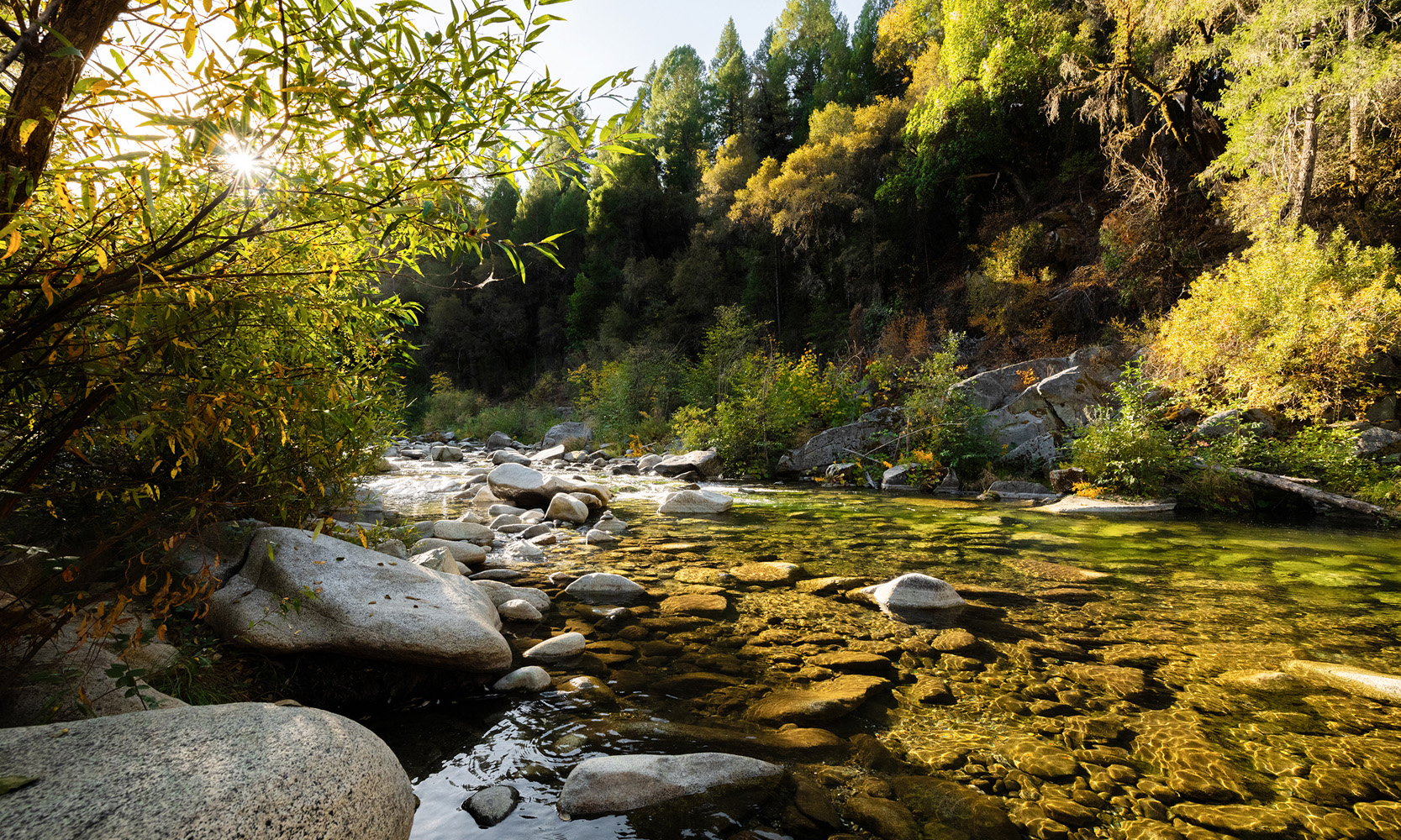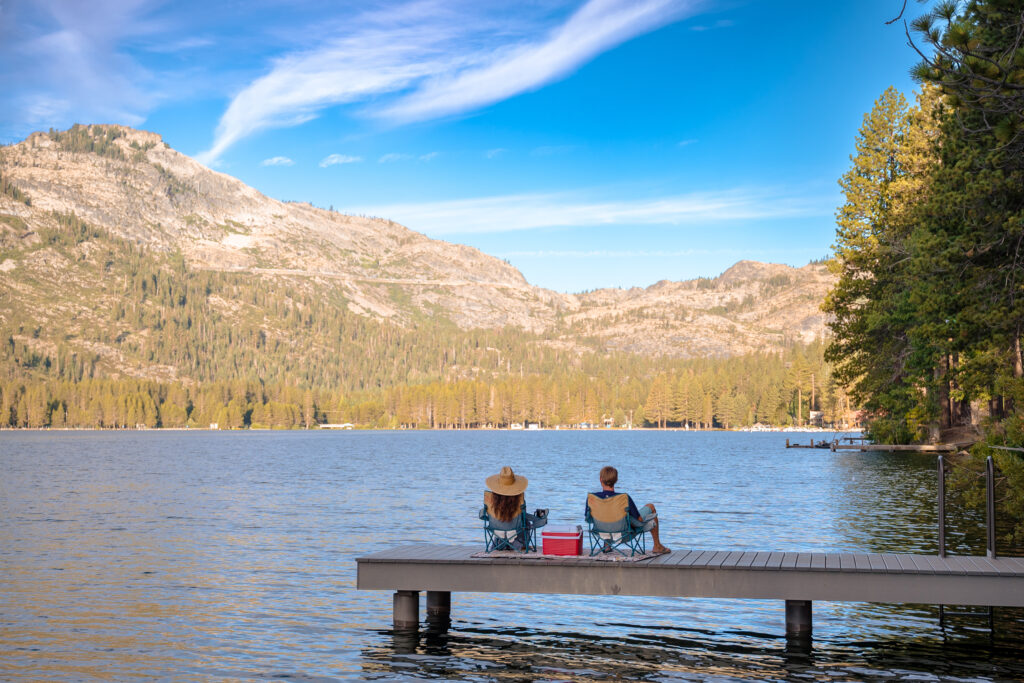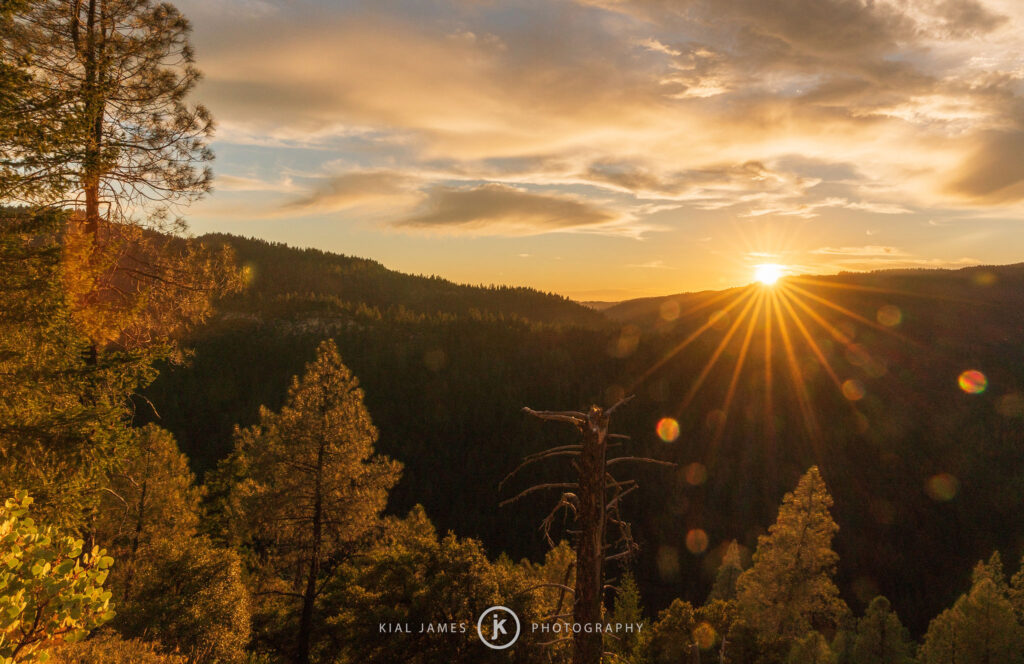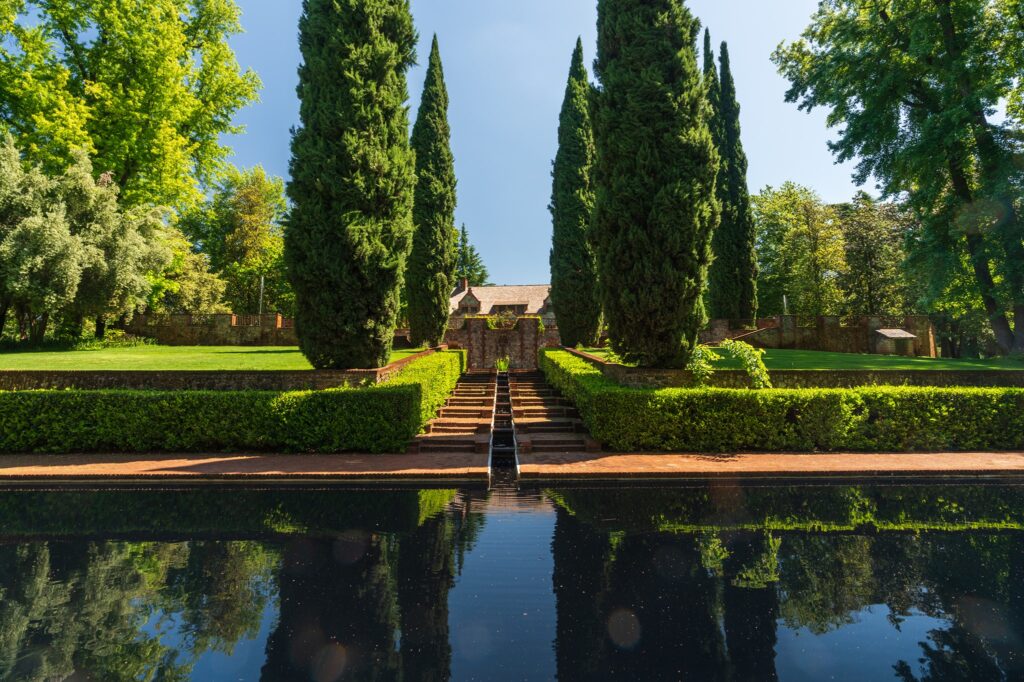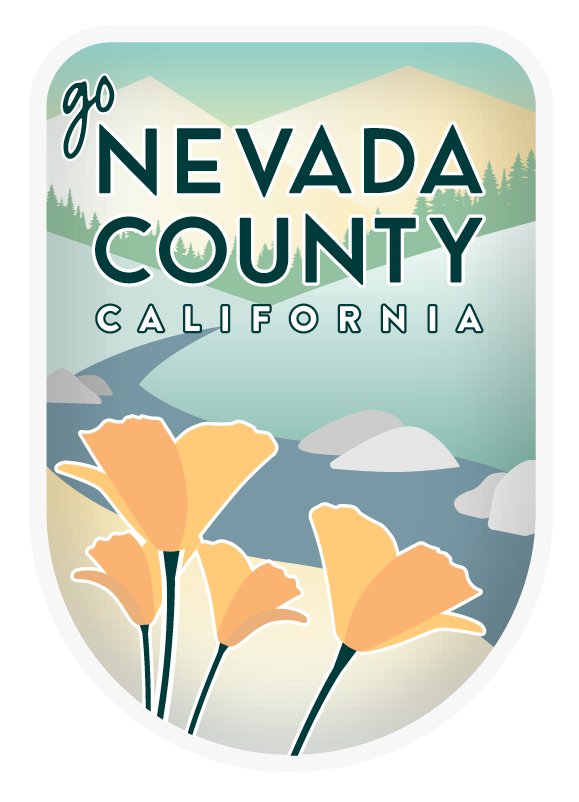Hidden Gems in Gold Country
Nevada County was one of the central locations during the California Gold Rush. Geologists estimate that in spite of the enormous amount of gold that was discovered and extracted during the California Gold Rush days, there is as much as 80 percent of the 1849 mother load still remaining underground! Even during the Depression of the 1930s, Grass Valley thrived because of its mining-based economy. Get a closer look at history by visiting Nevada County’s historic buildings, museums, and state parks.
Many of our museums and historic parks, such as Malakoff Diggins State Park, hold Gold Panning demonstrations. Then you can head down to the river with a pan and try it on your own. Even If you don’t find a huge nugget, it’s worth spending time outdoors while wading in some of the most beautiful rivers in California.
You can head to the gold troughs at Bridgeport in South Yuba River State Park to try some gold panning before trying it in the river. Docents at Bridgeport provide step-by-step panning lessons, share stories about the history of our area, and describe other ways the precious metal was extracted during the California Gold Rush, such as hard rock mining and hydraulic mining.
While mining is a significant piece of history, industrial mining has taken a heavy toll on the ecology of our watersheds and devastated the original Nisenan people who made this place their home since time immemorial. The South Yuba River Citizens League, The Sierra Fund and California Heritage: Indigenous Research Project is one of several organizations working on advocacy, education, restoration and monitoring related to the long-tail impacts of the mining legacy as well as current impacts.
